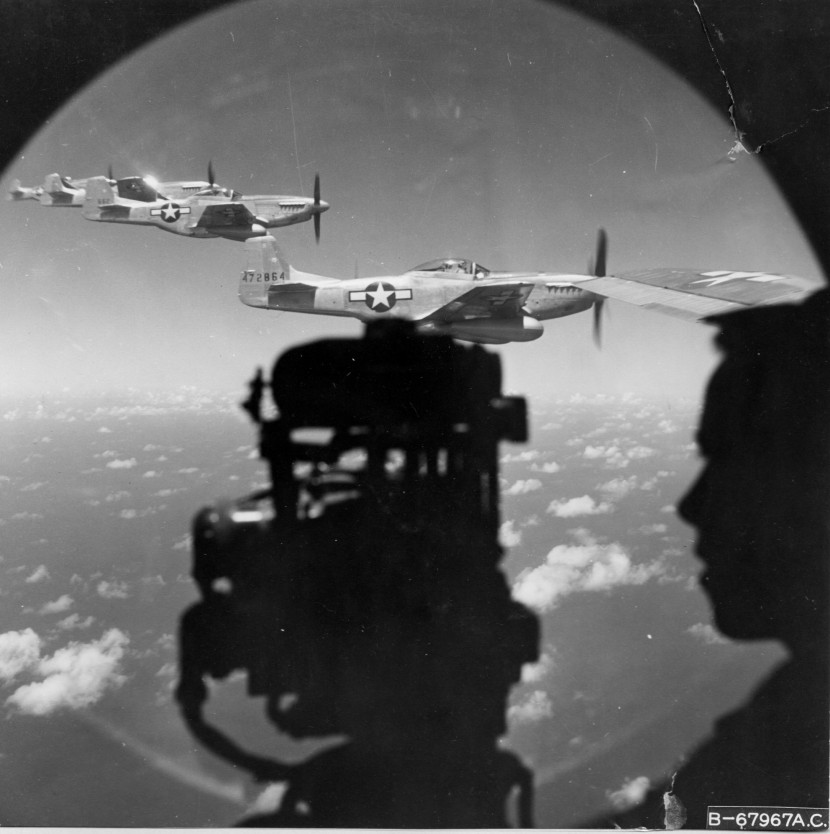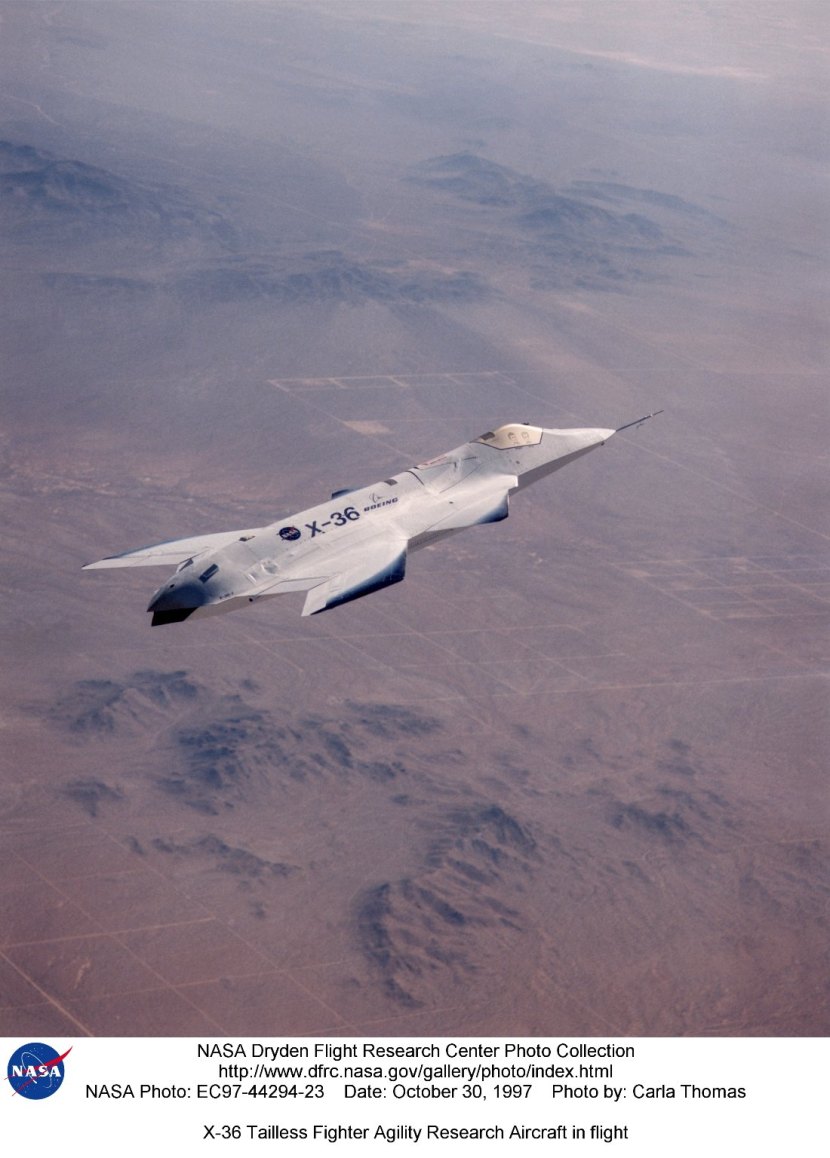Why a F-35D would be perfect for ‘Penetrating Counter-Air’

It’s hard to know which is creepier, using sexual words to describe war, or the reverse. The military, and the United States Air Force in particular, loves talking about ‘penetration’. The USAF has even started to study the concept of a ‘Penetrating Counter-Air’ (PCA) fighter to escort stealth B-21 bombers deep into enemy held territory. This is a job the F-35A was never designed for and cannot accomplish.
The problems with the F-35 will be fixed. The hardware issues will each be dealt with in turn and even the intractable software bugs will be corrected. All of this will take a lot longer and cost a lot more than it should have, but it will be done. There simply isn’t a credible plan-B.
The fixed F-35 will then be adequate for its assigned mission, but even this multirole aircraft doesn’t meet the requirements for every role the USAF needs from their tactical aviation. Air defences are already being upgraded with advanced UHF radars that defeat stealth by detecting the tail fins on the F-22 and F-35A. The longer wavelengths of these radars can detect these features by their size, undoing the advantages of shaping and materials that let the F-22 and F-35A evade the shorter wavelength radars that other fighter jets carry. The F-35A simply isn’t shaped correctly for longer wavelength stealth.

This notional delta winged F-35 variant features vertical fins, our hypothetical F-35D would be tailess.
http://www.moddb.com/groups/aircraft-lovers-group/news/report-045-f-35
The F-35A’s stubby shape and small size also prevent it from carrying internally enough fuel to accomplish deep penetration. To actually reach the target the F-35A (or F-22) would need to carry non-stealthy external fuel tanks or be accompanied by a non-stealthy aerial tanker.
Finally the F-35A can’t carry enough internal weapons in a stealthy configuration to win the deep fight. The four missiles of the F-35A or even the eight missiles of the F-22 won’t be enough to engage the hornet’s nest.
While the B-21 could carry a large number of air-to-air missiles (displacing some of its bombload), its flying wing configuration prevents it from operating in supersonic flight. Combined with the limited agility of a bomber sized aircraft the B-21 will be unable to control the engagement and so will be mobbed and shot down by cannon fire if nothing else. The bomber needs an escort that can sneak in deep, engage and break off.
Is the only choice to start yet another decades long development process for a clean sheet fighter that will be extremely expensive because it will be bought in small quantities for a niche mission?
The F-35 already exists in three different variants that share many parts and most importantly the same software, so why not just create a fourth variant?
This F-35D will need extended range and supercruise. Get this with a tailless delta wing and two F135 engines in place of the F-35A’s single F135 engine. The overall shape of the aircraft is a large pointed triangle with no extra bits hanging off the sides or rear for longer wavelength radars to home in on.

The extra thrust, reduced drag and larger internal fuel tanks then give extended range supercruise, allowing the F-35D to keep its distance from threats, engage and withdraw at will. But it still needs fighter levels of agility.
Some of the F-22’s agility comes from the 2D thrust vectoring of its twin engines. The two dimensions of control come from directing the thrust of both engines up or down together to control pitch and directing the thrust in different directions to control roll. But for yaw control the F-22 must depend on its airfoils, especially those UHF-stealth ruining tails.
As a tailless delta the F-35D must have 3D thrust vectoring to provide agility. The Russian T-50 gets 3D thrust vectoring by directing the thrust of its twin engines side to side in addition to up and down, but the exposed engines on the T-50 are very non-stealthy.
Stealthy 3D thrust vectoring can be achieved with twin engines which have fixed height openings that swivel up and down and then inside these are baffles that constrict from the sides to control the flow and direct it to the sides. When both engines are working you have full 3D thrust vectoring and if only one engine is working you can return to base on 2D thrust vectoring.
Given all these structural changes (not even mentioning the obvious such as two seats and expanded weapons bays), why call this “F-35D” a F-35? Because all the system components, seats, engines, radar, sensors, CPUs, etc. are all standard F-35 parts interchangeable with any F-35A. No other aircraft can be developed for the PCA role as quickly and cheaply as simply adapting the F-35A design while the F-35A remains in production.
By Henry J. Cobb
If this interests you, support Hush-Kit.net with a donation (buttons above and below). If this goes well we’ll be able to give you much more! Recommended donation £15. Many thanks for helping to keep us impartial and independent.
You may also enjoy A B-52 pilot’s guide to modern fighters, Flying and fighting in the Lightning: a pilot’s guide, Interview with a Super Hornet pilot, Trump’s Air Force Plan, 11 Worst Soviet Aircraft, 10 worst US aircraft, and 10 worst British aircraft. MiG-21s, MC-21s and the overrated Typhoon: In conversation with FlightGlobal’s Stephen Trimble, The F-35 will fail, until the US learns to share, An air force of my own #1, Top 8 Mach 3 fighters

An interesting concept indeed
Mr. Cobb – I like the idea of building on existing technology to get a penetrating counter-air fighter that can be developed and deployed relatively quickly. However, you’re basically talking about a new aircraft if you’re moving to two engines of the same size and a new wing. I think you would end up with a much better aircraft if you also dropped the fuselage (with the poor aerodynamics caused by the need to fit the lift fan in the F-35B) to do an entirely new airframe and just reuse much of the F-35’s electronics.
If you’re going to reuse existing components, what you really should do is pair the F-22’s APG-77 with the F-35’s computers and EOTS (although ideally with an upgraded forward facing FLIR). Reuse the F-35 engines. Place in a low-drag and low-observability airframe. Design the airframe to allow for a B-variant later on using an engine developed by the ADVENT program. And by all means, they should design the avionics to make it easier to switch in upgraded computers/radars down the road.
Doesnt seem possible to take a single engine stealth fighter and make it a twin. The F35 versions are different enough as it is without adding another version that is even more different. The Mustang didnt have the range of the WW2 twin engined Lightning but it was a simpler cheaper plane that did the job for most of the missions.
“If I do not keep that F-22 fleet viable, the F-35 fleet frankly will be irrelevant. The F-35 is not built as an air superiority platform. It needs the F-22”
– Gen. Michael Hostage, boss of USAF Air Combat Command
“A cow don’t make ham” – Frank Zappa
There’s a much better thing to do : Rafale is as good as F-22 for air superiority, better than F-35 as a strike aircraft while costing half of the F-35 price. The Naval version is available, moreover, the amphibious ships like Wasp-class or America-class could be easily fit with ICCALS catapults and added an angled-deck plug as it was already done on Essex-class and Midway-class during the 50’s.
And no, Rafale is NOT a 4.5th gen fighter-aircraft : the gen 4.5 is upgraded Mirage-2000. Rafale just uses a different approach of stealth than F-22/35 : less passive stealth, although there is some too, but it’s doubled by real-time active cancellation of radar waves (nope, it’s not DRFM, it’s much more advanced)…
So, why bothering at spending 1.5 trillion dollars over 50 years on F-35, dilapidating even more money if we include such a F-35D, not counting F-22 which since 2005 only dropped a few SDB on some mud hut in Syria, all this for aircraft that can at best accomplish 0.3-0.4 missions a day at a point the new 5 years USAF procurement plan has 80x F-15X planned, greatly reduces F-35 orders and diverts F-35 money in 6th gen fighter-jet R&D.
Norway estimated the real cost of F-35 over airframe’s lifetime at $769 millions per unit. Over the same time lapse, Rafale doesn’t even costs the third!
Replacing the 1695 fighter-jets now operating in the USAF, added to the 945 in USN and 446 in USM by Rafale A/B/M would cost $240B for a total of 3086 aircraft.
The procurement cost for the 2083 F-35A/B/C on the table now is $319.1B added with $61B in R&D = $380B
The lifelong cost wouldn’t even be the half of F-35 and Rafale has no problem at making 5-6 missions per 24h and has been pushed to 10-11 missions a day for a full week with a 95% availability from an aircraft carrier.
IMHO, Dassault would see no objections at having these license-built by both Boeing and Lockheed-Martin for our oldest ally, moreover, there’d be plenty of money left to fund US’ future 6th gen aircraft.
BTW, I’d SERIOUS advise US DoD to take a look at French Military production, they may end in a state of shock :
The DEAC aircraft carrier project (same thing as the Brit ones w. single island and catapults) was proposed for €2.3B to French MoD (and €2.6B w. nuclear propulsion). Room for 55-60 aircraft, complement 1300-1350, incl. air-wing.
Mistral-class amphibious ships : €452.6M, crew : 180, carries 900 marines, a full battalion of tanks and 16 heavy choppers. being modular, longer versions are available.
FREMM stealth Frigates : half the weapons of a Zumwalt-class stealth destroyer, 8th of its price and the 3rd of an Arleigh-Burke-class.
A Patriot PAC-3 MSE battery costs about $1.5B and ranges 35km. An EuroSAM SAMP/T ‘MAMBA’ battery costs $191M and ranges 120km…
A CAESAR self-propelled Howitzer costs half the price of a M777 and has 1m accuracy at 50km with standard 155mm shells (added with a powder booster if you shoot at 40km +). M777 needs $68k GPS guided shells to have pinpoint accuracy.
Take a look at Barracuda-class or Triomphant-class nuclear submarine pricing and prepare nooses for the US military-industrial complex’s CEOs…
There’d be a serious advantage at proceeding this way, by license building all this gear : US MIC is crooking both US govt and tax-payers for decades. As all would be license-built, there would be no losses of jobs, but it’d be a VERY GOOD lesson for the MIC! The message would be : stop delivering overexpensive crap or next generation of gear, they’ll end with the French settling in the USA and buy these companies…